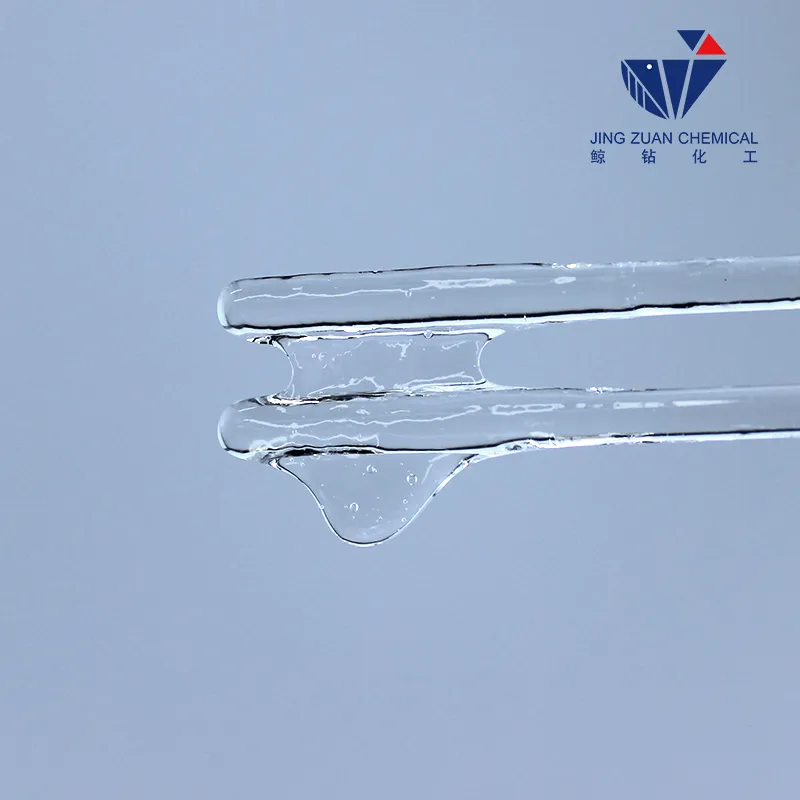
okt. . 12, 2024 05:12 Back to list
rdp polymer
Understanding RDP Polymers A Comprehensive Overview
RDP, or Redispersible Polymer Powder, represents an innovative solution in the realm of construction and materials science. It is specifically designed to enhance the performance of cement-based and gypsum-based dry mix applications. This white powder is derived from a variety of polymers, including styrene-acrylate, vinyl acetate, and ethylene-vinyl acetate, which, when mixed with water, can disperse into a stable emulsion. The resulting polymer-enhanced mixtures exhibit improved adhesion, flexibility, and durability—qualities that are essential for modern construction applications.
Understanding RDP Polymers A Comprehensive Overview
One of the most substantial benefits of RDP polymers is their impact on flexibility and elasticity. Many construction materials are subjected to dynamic loads, temperature fluctuations, and moisture variations. These environmental factors can lead to cracking and other structural failures. RDP contributes to the flexibility of materials, allowing them to accommodate these movements without compromising structural integrity. This characteristic is particularly beneficial in areas with shifting soil or in applications involving large surface areas, such as flooring.
rdp polymer

Moreover, RDP polymers enhance the workability of construction mixtures. They improve the consistency and performance of mortars and adhesives, making them easier to apply and manipulate during construction. This property not only makes the application process more efficient but also reduces the risk of errors, ultimately leading to a higher quality end product. Construction professionals appreciate the time savings and ease of application that RDP offers.
In addition to mechanical properties, RDP polymers significantly improve the resistance of materials to water and other environmental challenges. The hydrophobic nature of these polymers helps in preventing water ingress, which can lead to mold growth and material degradation. As a result, RDP-modified applications are profoundly advantageous for use in wet environments, such as bathrooms, kitchens, or outdoor facades.
Furthermore, the usage of RDP polymers aligns with sustainable construction practices. By improving the performance of materials, RDP can help reduce the overall quantity of materials required, contributing to lower waste generation. Additionally, many RDP formulations are designed to be eco-friendly, ensuring that they meet stringent environmental regulations without sacrificing performance.
In conclusion, RDP polymers are a game changer in the construction materials landscape. Their ability to enhance adhesion, flexibility, workability, and water resistance makes them a preferred choice for various applications within the industry. As the demand for more durable, efficient, and environmentally sustainable building solutions continues to grow, the role of RDP polymers will undoubtedly expand, paving the way for advanced construction technologies that meet the challenges of the future. Whether for residential, commercial, or infrastructural projects, RDP polymers are poised to contribute significantly to the evolution of modern construction practices.
-
Versatile Hpmc Uses in Different Industries
NewsJun.19,2025
-
Redispersible Powder's Role in Enhancing Durability of Construction Products
NewsJun.19,2025
-
Hydroxyethyl Cellulose Applications Driving Green Industrial Processes
NewsJun.19,2025
-
Exploring Different Redispersible Polymer Powder
NewsJun.19,2025
-
Choosing the Right Mortar Bonding Agent
NewsJun.19,2025
-
Applications and Significance of China Hpmc in Modern Industries
NewsJun.19,2025







